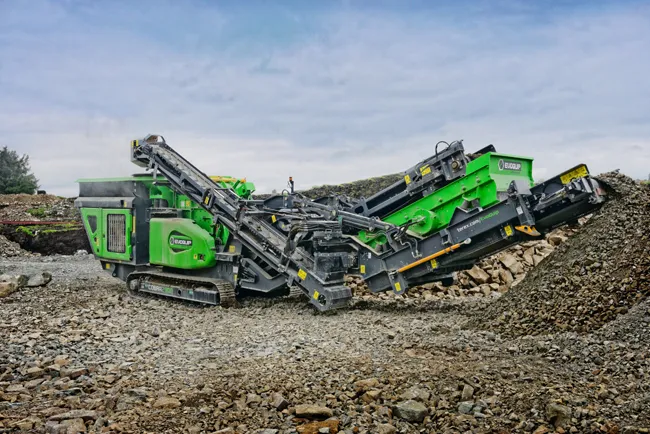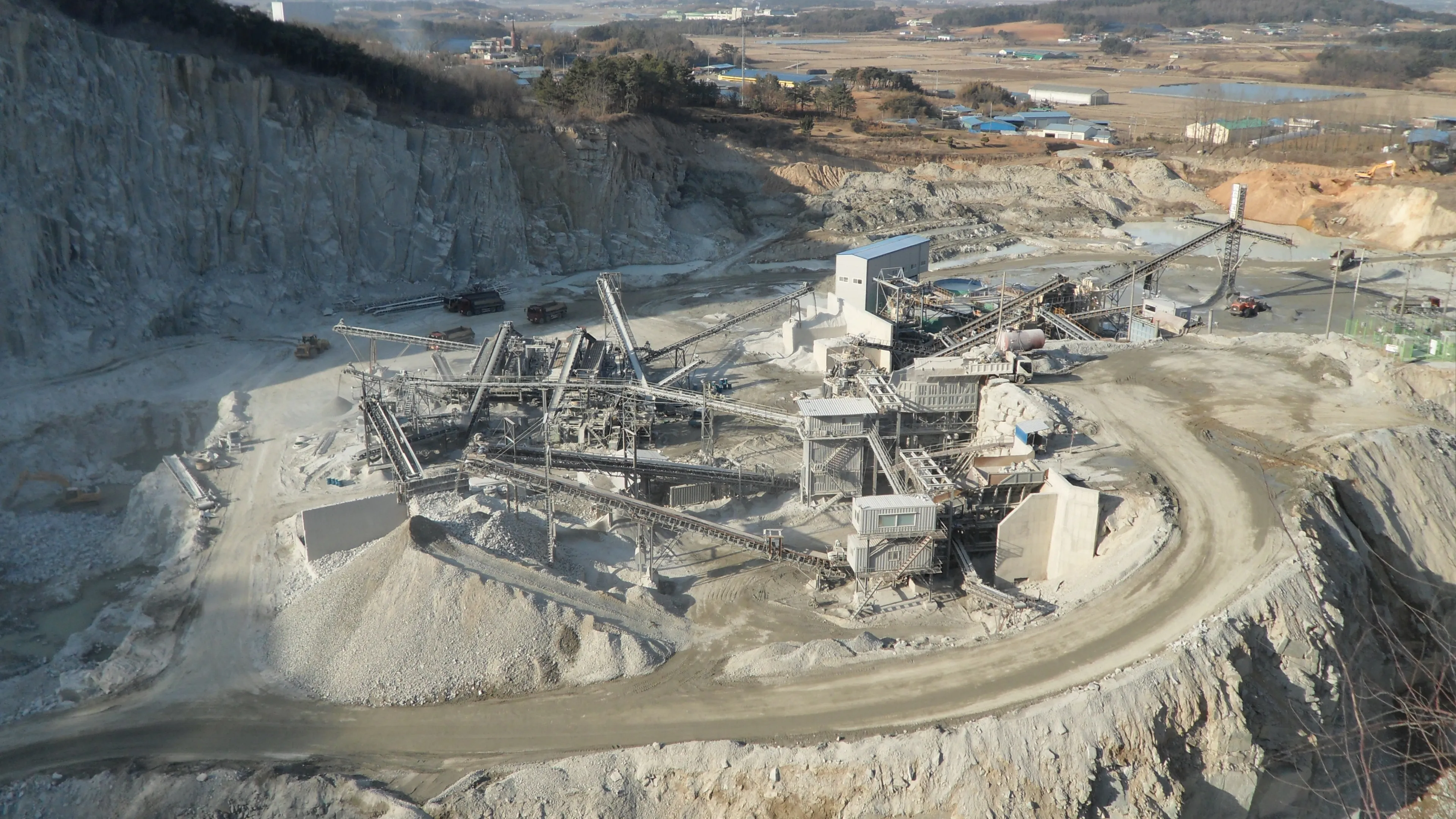SBM’s new impact crusher, the SMR 13/7/4, is part of an expansion of the series.
“Although the new machines shortens the traditional process chain it can produce a final product with even higher quality,” says SBM.
“Secondary and tertiary crushing of natural stones for the recycling and asphalt industry are the main application areas of this intelligent SMR crushing system impressing clients with both performance and perfect process results.”
With a crusher width of 700mm, material with a feed size
January 6, 2017
Read time: 2 mins
“Although the new machines shortens the traditional process chain it can produce a final product with even higher quality,” says SBM.
“Secondary and tertiary crushing of natural stones for the recycling and asphalt industry are the main application areas of this intelligent SMR crushing system impressing clients with both performance and perfect process results.”
With a crusher width of 700mm, material with a feed size of up to 200mm can be fed to the crusher.
SBM says this innovation saves one crushing step due to the fact that the fine impact crusher SMR can process the material directly after the primary crushing step, for example a jaw crusher.
The cubic grain form required for further processing is produced in the desired grain size at a percentage of more than 90% high-value aggregates in the final product.
This is achieved by a frequency converter for constant rotor speeds that can be readjusted easily and quickly. With a drive performance of 160kW maximum, the sturdy power package offers a maximum average crushing capacity of 150tonnes/hour.
“Until now high-grade chippings, for example asphalt surfaces, have been produced by using an impact mill and an additional cone crusher, which always meant a product with an inadequate cubicity. Just by itself the new SMR is capable of processing every cheap, inferior grain size material to refined chippings thus contributing to achieve especially economic and high-quality final processing,” says SBM.








